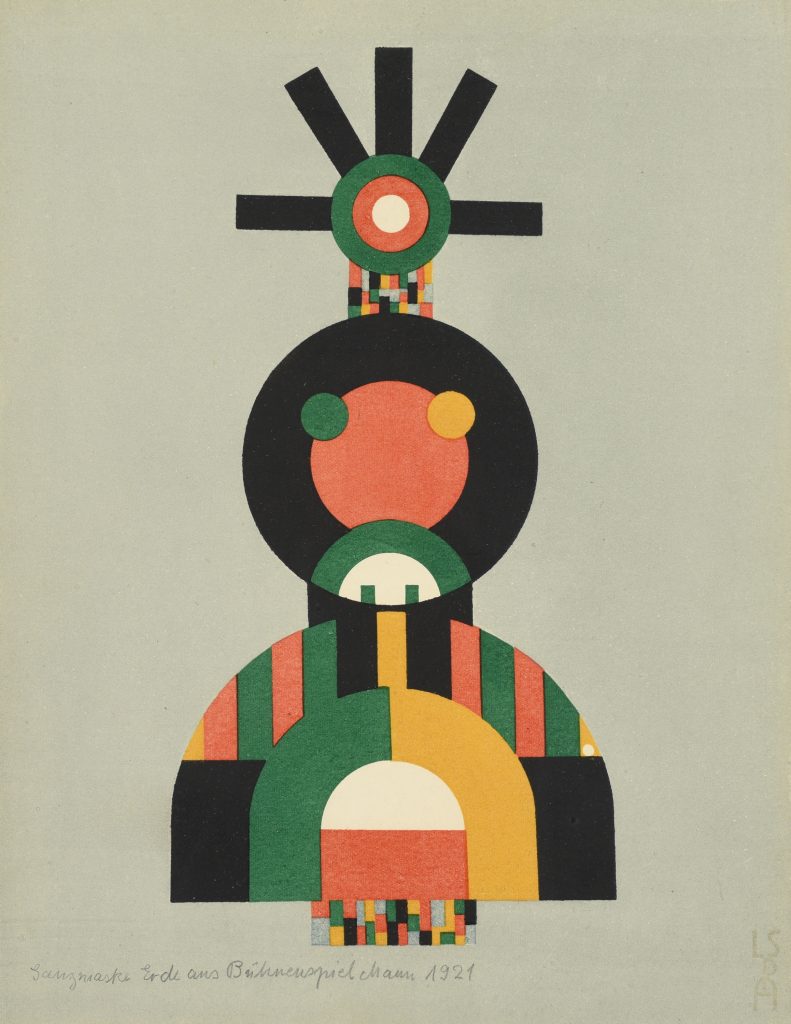Culture
‘The Wide Reach of the Bauhaus’ Showcased at Huntington Museum of Art
By: Emily Votaw
Posted on:
Through January 10, 2021, the Huntington Museum of Art (2033 McCoy Rd.) will showcase the widespread influence of the Bauhaus school of architectural style with their exhibition “The Wide Reach of the Bauhaus.”
Founded in 1919, the German art school questioned the division between arts and crafts and looked to utilize mass production capabilities to make architecture more useful and convenient to the modern individual. The school was founded by Walter Gropius, who, alongside his partners at The Architects Collaborative, designed the 1970 addition to the Huntington Museum of Art.

“Bauhaus is incredibly influential even over a hundred years after its founding,” said Huntington Museum of Art Senior Curator Chris Hatten. “Everywhere you see big glass windows and steel frames – it’s not so much that the Bauhaus invented that, but they sure popularized it. In Huntington on the Marshall University campus, the new pharmacy school was just built maybe a year or two ago, but I mean, it comes right from the Bauhaus playbook!”
The artists of the Bauhaus school were persecuted by the rising nationalist party in Germany, which would become known as the Nazi party.
“The Nazis were opposed to modern art and design. They wanted a more classical look — and if you ever study their official art, you’ll see what I’m talking about. It really looks to the past, it could have come from the Greeks,” said Hatten. “The Nazis actually put together an exhibit of confiscated works, and a lot of the artists actually were from the Bauhaus. They called it ‘degenerate art.’ They put it on view in a museum in Germany and people came to mock it and sneer at it and so on. Also a lot of the people associated with the Bauhaus were more left leaning people politically. So that made the school an enemy as well.”
So how did one of the most acclaimed pioneers of modern architectural design end up working on an addition to what would become the Huntington Museum of Art in West Virginia?
Hatten explained that in 1966, the museum, which was at the time called the Huntington Galleries, received a million dollar grant from the Henry L. and Grace Rardin Doherty Foundation that was earmarked to build an addition to the building. The Museum’s Board of Trustees appointed a committee to hire an architect to complete the project, but the committee became dismayed when they could not seem to capture the attention of a prestigious firm. However, one of the board members, Eloise Campbell Long, regularly vacationed at Castle Hot Springs Resort in Arizona with her husband, which just happened to be a spot where Gropius and his wife regularly visited as well. Long developed a relationship with the Gropius’ and asked if Walter’s architectural firm would be interested in designing the addition. They were, and the project got underway.
“Gropius came here many times to work, to study the site and to do the design,” said Hatten, who explained that although Gropius passed away before the addition was completed, his firm oversaw the project to its completion. “Even though Gropius was a superstar architect, he didn’t want to overshadow the original building. He made the addition very compatible with the existing building, you almost wouldn’t know that there was an addition. He could’ve made it something that really said, ‘Hey, look at me, I’m a building designed by Walter Gropius!’ but he didn’t. I have great admiration for him. He had such a long and productive career that I think he’s well worthy of the praise that comes his way.”
Listen to WOUB Culture’s conversation with Hatten, embedded above. Find more information on the exhibition at this link.

